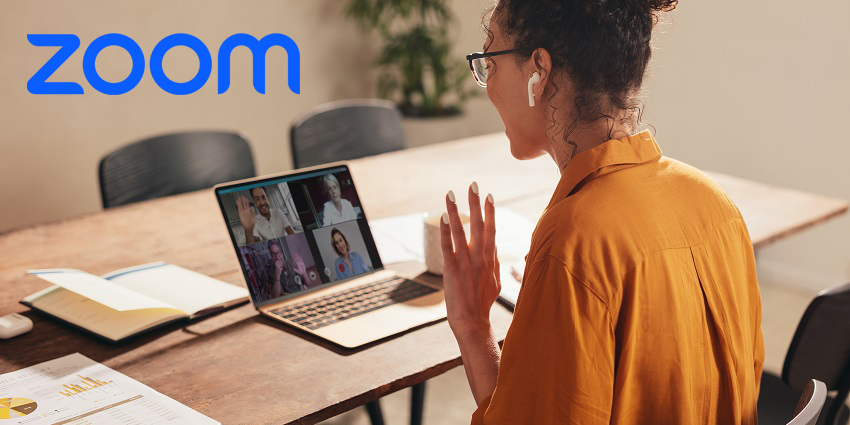As the weather cools and fall and winter holidays come in rapid succession, offices have traditionally transformed into festive environments. Whether workstations were adorned with faux spider webs, horns of plenty, or stockings hung on cubicles with care, these occasions were used to promote camaraderie amongst coworkers. However, in 2020, things look drastically different. Most companies have implemented remote working strategies for the majority of the year. Workspaces, once shared by coworkers, are now occupied by pets and family members. With so much change, the consistency of the holidays is more important than ever. 2600Hz Head of Marketing, Alisa Bartash, and Head of Product, Izabell Balash, provided some timely insight about how unified communications has played a part in maintaining company culture during these times.
How has COVID-19 changed company culture?

Alisa Bartash: With the shift to remote work, people who are used to going onto an office and engaging with their co-workers around the water cooler, those in-person relationships don’t exist in the same way as they did pre-COVID. Companies are being forced to adapt their culture to this new way of doing everything remotely. They have to find ways to take established core company values and translate them for employees stuck at home.
Izabell Balash: The main changes are focused on keeping communications alive in the same way as when employees are in the office. It’s important to be available in the same way that someone can come up to your desk and ask a quick question. But at the same time, everyone is on computers all day, which adds a certain level of distraction. It has become more challenging to find that happy middle of remaining present and focused while accomplishing all of the day’s major tasks.
What adaptations have been made, and how have UC tools facilitated those changes?
Bartash: I feel the quote ‘work is something you do, not somewhere you go’ is very applicable to this situation. People think of work as a location, the office that they go into every day. The location for work has become irrelevant. The new focus is all about collaboration tools that people can utilise to facilitate the same level of communication they had in the office. A significant tool is video conferencing, which has become the primary way for people to continue face-to-face collaboration and still experience their work’s more personal aspects. Having to extend your culture through technology can counteract some of those feelings of isolation. Seeing someone is different from emailing them because you can see their facial expressions and hear their intonations, which is lost via text-based communication.
Balash: A tool we often use on the creative and product side is whiteboarding. Our designs and collaborations have now moved to the cloud so we can edit and update at a distance while gaining the ability to do so at different times without having to be on a conference call. When we are all on a call together, we can share screens, draw on screens, and immediately add elements for other team members to engage with to replicate that office environment as much as possible.
When we first moved to remote work, oftentimes conversations over text came off tense and were easily misinterpreted. We quickly came to the conclusion that it’s important to understand how you pass on your tone of voice to get ahead of any miscommunications. Even if you use a ton of smiley faces and emojis, a screen can’t portray most of the nonverbal communication that is considered crucial for healthy interactions.
How have UC tools helped with maintaining a sense of holiday?
Bartash: An example of something we did as a company for Halloween is that we had a pumpkin carving contest. Everyone that wanted to participate was on a video conference and carved their pumpkins together. Pictures were then sent to the entire company, and people got to vote for their favourite. In December, we’re having a remote holiday party.
Balash: The holiday party is really cool. We’ve been doing this for a while now since 2600Hz has been a half remote work company from conception. In previous years the main event would take place in the office, and remote employees would video conference to participate. Gift exchanges also took place live on camera, with gifts being sent out before the occasion. This year we’re extending that with games and quizzes using virtual tools to continue what we’ve done previously.
How have collaborative tools helped promote work-home balance when work is now home?

Balash: I definitely had more work-life balance before, but it’s still nice not to commute for an hour and a half to work. At the end of the day, you can turn off your devices and communication channels because people realise it’s important to set those boundaries.
Bartash: I would say that by working remotely, people can work when it’s more convenient for them. If they have kids that need to get ready for school, mobile communication can help parents stay engaged with work. We offer the capability to use your cell phone as your business phone with our CallThru.us app. It places your work phone on your cellphone, so people don’t have to manage multiple devices for access. But it’s still important to realise when you’ve put in your eight to nine hours and turn everything off and go live the rest of your life.







